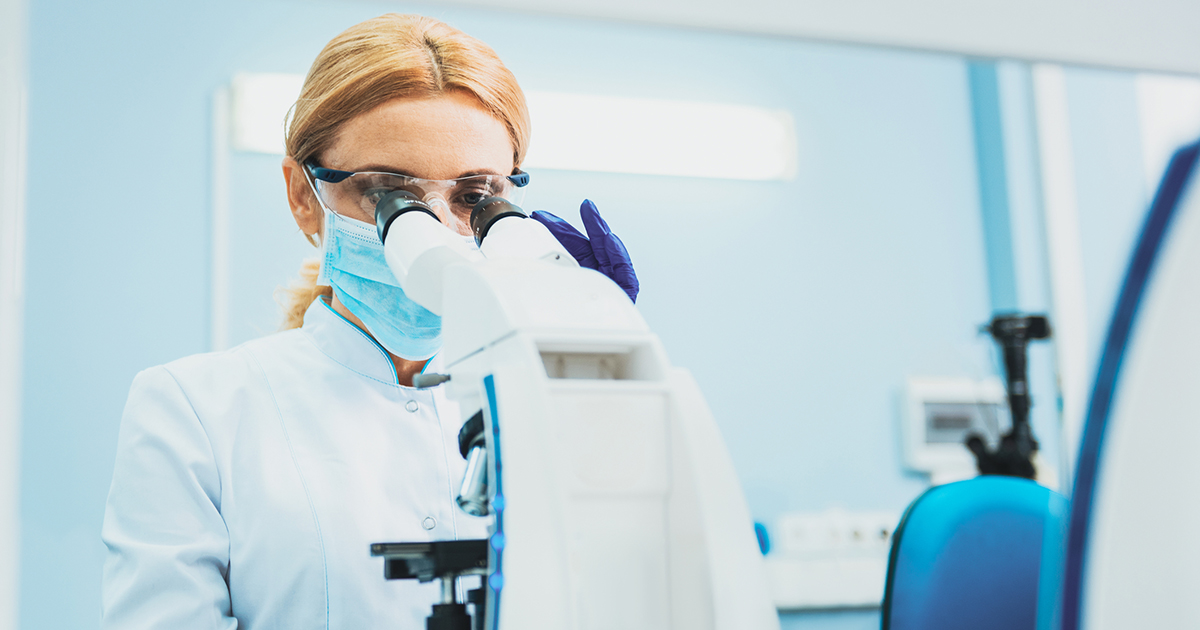Causes & Risk Factors Of Osteopetrosis
The bones of the average person regenerate at the same rate as the old bone disintegrates. However, there is a condition called osteopetrosis that can cause abnormally dense bones. This occurs when the new bone mass grows faster than the rate the old bone mass disappears. Even though osteopetrosis causes the bones to be denser, the bones will easily break from normal, everyday actions and the disease can cause many other problems in the body. There are three types of osteopetrosis: a severe form that presents itself at or near birth, a less severe form found in children, and the mildest form, which shows up in adolescents or adults. Osteopetrosis is generally caused by a gene breakdown in the body. The following information presents five key causes and risk factors you should know about osteopetrosis.
Gene Mutations

Osteopetrosis is caused by gene mutations of at least nine genes, which are responsible for the development and functioning of osteoclasts. Osteoclasts are cells that maintain the bone development process of 'out with the old, in with the new.' Gene mutations can either affect the way osteoclasts work or cause osteoclasts to be missing.
The gene mutation that causes the most cases of osteopetrosis is the mutation of the CLCN7 gene. It causes over seventy-five percent of autosomal dominant inheritance cases and almost fifteen percent of autosomal recessive inheritance. In the case of intermediate autosomal inheritance cases, one hundred percent of these cases are caused by the mutation of the CLCN7 gene. Another gene mutation that is a major player in osteopetrosis is the mutation of the TCIRG1 gene, which causes around half of the cases of autosomal recessive osteopetrosis.
Continue reading to understand more about the causes and risk factors for osteopetrosis.